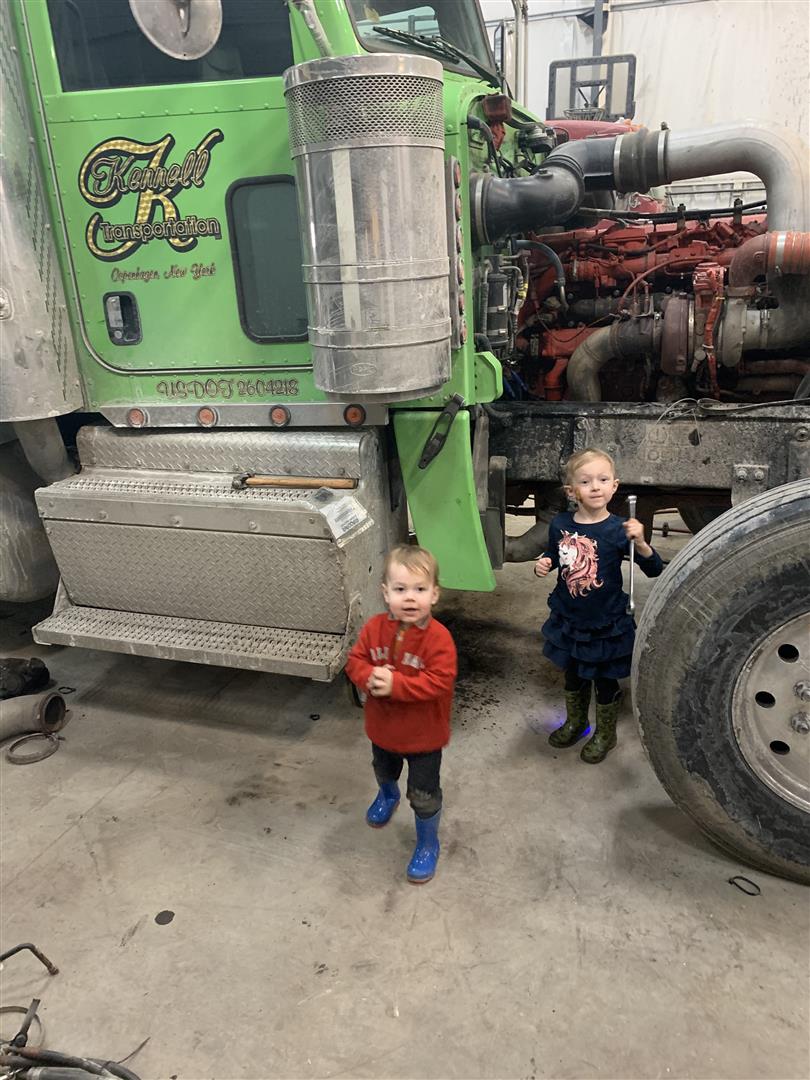Posted on 8/19/2022

When Should My Injectors be Replaced? If you own a truck with a diesel engine there are many different reasons why you experience a When Should My Diesel Injectors Be Replaced. If you truck is having an Engine Misfire the easiest thing to do is take it to a shop that can hook it to a scan tool capable of cutting the injectors out 1 cylinder at a time and see which cylinder is Misfiring. Another reason you may replace have to replace the Diesel Injectors in your truck is if it is Blowing White Smoke at an Idle. This may be an indication of the injectors leaking into the Cylinder and would need the injectors replaced. If you are getting a CHECK ENGINE LIGHT that turns on in your truck with a code P0087 that is harder to diagnose what the root cause of the problem may be. Depending on the model of the truck you need to have the OEM scan tool to be able to set the rail pressure at a DIAGNOSTIC pressure so that you can do a Fuel Return Flow Test on your injectors. If the return fuel amount ... read more
Posted on 7/14/2022

Why Does My Transmission Shift Hard? If you have a heavy-duty truck with a Manual Shift Transmission, there are several reasons why you may experience Why Does My Transmission Shift Hard. One possibility is the shift rails in the cover are binding making the shift lever move hard. To fix this condition the shift cover would have to be taken off and reconditioned so that the shift rails can move easily. Another condition that can cause this, you would notice that certain gears would shift hard, and the rest of the gears would shift easy is a Bent Shift Fork. To repair this condition the shift cover must come off and be taken apart and a new Shift Fork installed. Another reason you may experience a Why Does My Transmission Shift Hard is internal failure of the transmission shafts or gears. If the transmission experiences a hard shock load to the gearing it can put a slight twist into the Main Shaft or break the teeth off the gears. If you are looking for Heavy Truck Repair Near Me or Tra ... read more
Posted on 6/21/2022

Why Does My Diesel Blow White Smoke? There are several possibilities that this can happen. One of the things to pay attention too when your Diesel Truck Blows White Smoke is the color. If it’s white that will be caused by coolant leaking into a cylinder. If the smoke color is bluish white and burns your eyes this is caused by excess fuel in a cylinder. We will look at the reasons for White Smoke first. A leaking Cylinder Head Gasket could be a cause of this. Pay attention to how long the White Smoke lasts. If it’s gone in a couple minutes the head gasket is leaking when the engine is cold, then when you start your Diesel Engine it will Blow White Smoke and be gone in a couple minutes. This is a symptom of a Head Gasket that is failing and will need replaced. Another possibility of Why Does My Diesel Blow White Smoke is a cracked EGR Cooler on later model Diesel Engines. These things need to be checked first. These are the smaller thing that if you get fixed right ... read more
Posted on 6/11/2022

Why Is My Peterbilt Losing Power? This is a great question many things come into play of Why Is My Peterbilt Losing Power. Two simple reasons could be plugged Fuel Filter or a plugged Air Filter. If you have restriction gauges installed in your Peterbilt or Kenworth that is simple enough to see if they are restricted. Another Possibility on later model Peterbilt or Kenworth Trucks is that a sensor may be reading wrong, and it is in a Derate Mode where it’s cutting the power to the engine by 25% or more. This can be a little trickier to fix. If the CHECK ENGINE LIGHT IS ON, it will have a code set that will guide the technician in the general direction. This can take specialized software such as CUMMINS INSITE or DAVIE IV depending on whether you have a Cummins engine or Paccar engine in your Peterbilt or Kenworth. We have both CUMMINS INSITE and DAVIE IV software to use to find out Why Is My Peterbilt Losing Power. If it ends up needing a new Calibration File to fix your engine ... read more